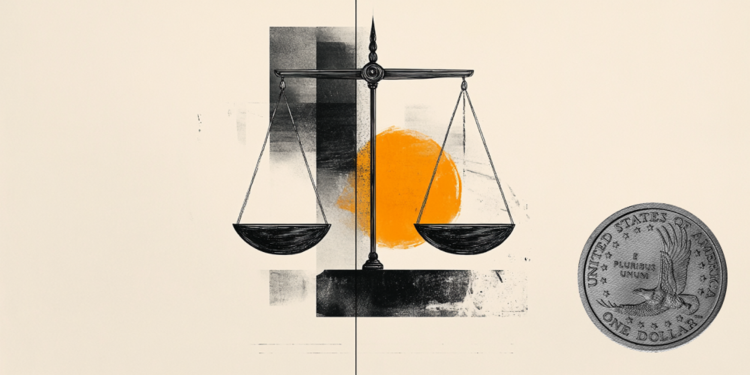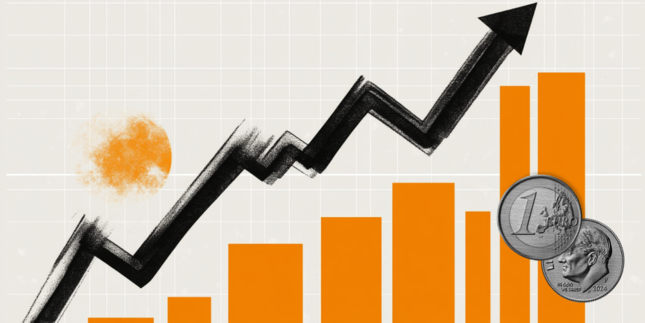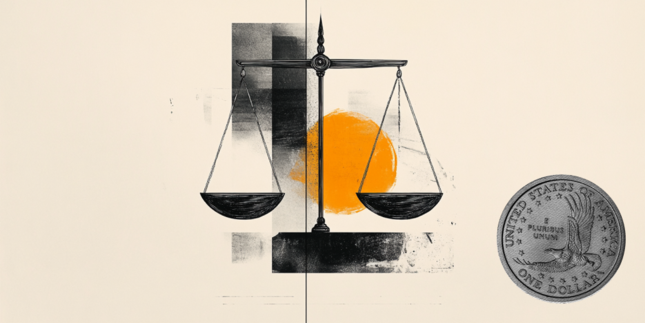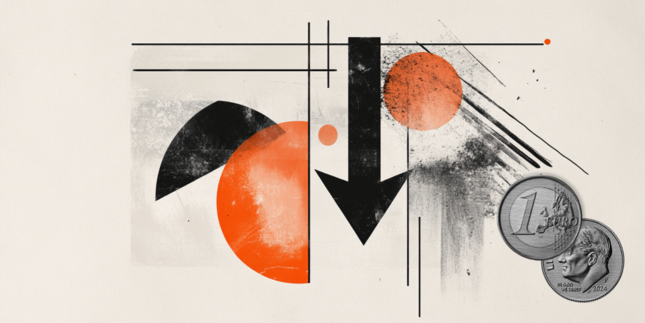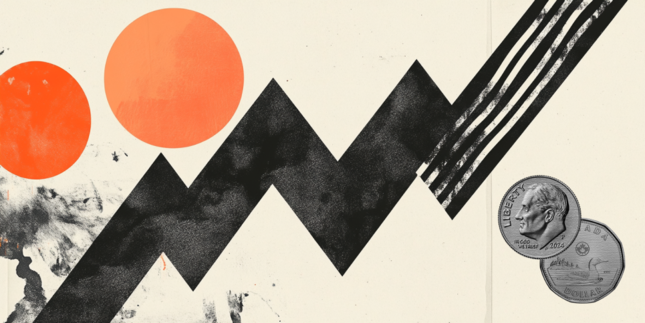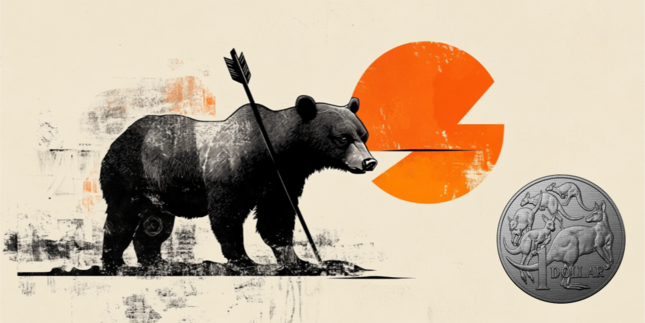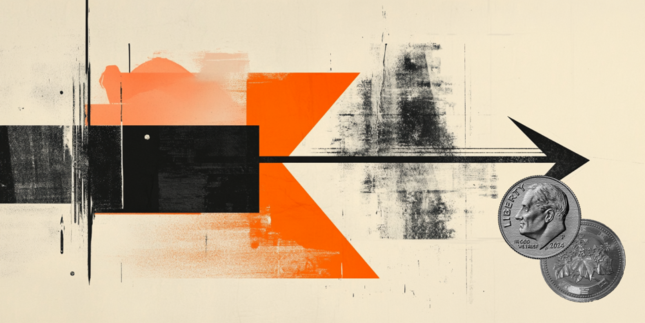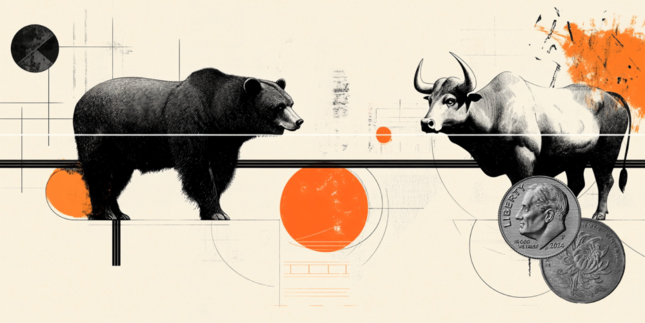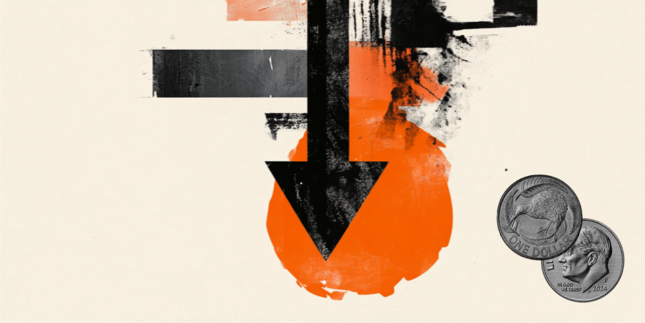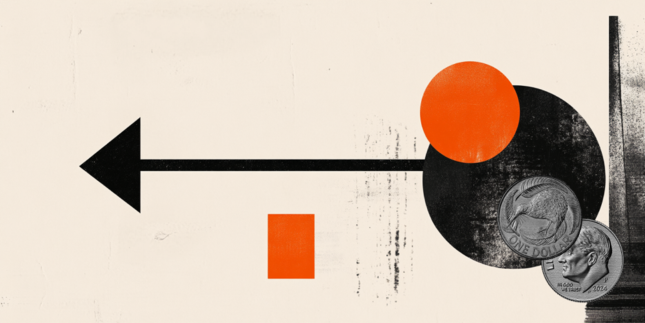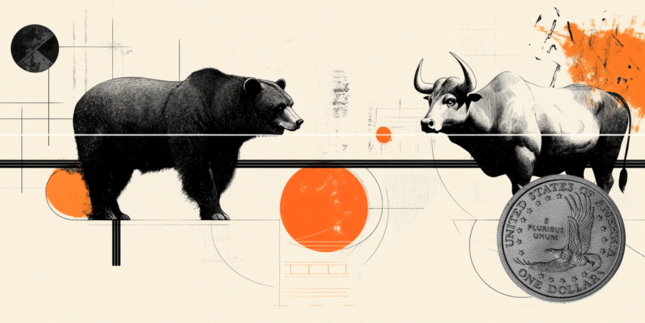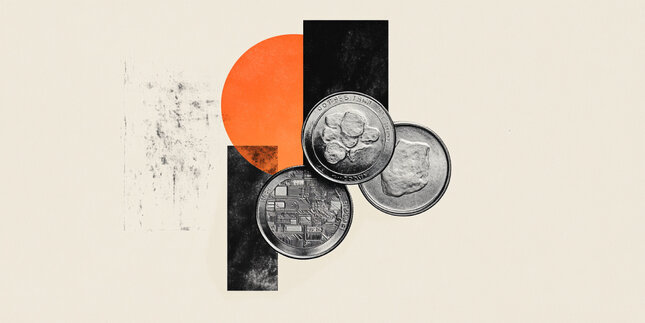US Dollar Index in minor gain towards Fed speakers on Thursday
- The US Dollar sets forth its small recovery on Wednesday.
- Markets see rate cut bets by the Fed increase with Tump’s tariffs set to kick in at the start of March.
- The US Dollar Index (DXY) resides near yearly lows, looking for a bounce.
The US Dollar Index (DXY), which tracks the performance of the US Dollar (USD) against six major currencies, is still stuck around 106.50 at the time of writing on Wednesday, set to close off February just above the lowest point of 2025. The DXY Index holds near yearly lows as traders shun the Greenback in a flight to safe havens from United States (US) President Donald Trump’s tariffs, which are set to kick in on March 4 for Mexico, Canada, and China.
Meanwhile, traders are seeing a second element of a weaker greenback. For the first time this year, Federal Reserve (Fed) rate cut bets are pricing in two rate cuts for 2025. The move comes as the interest rate gap between US yields and other countries narrowed, triggering a weaker US Dollar overall. It comes just days before the Fed’s preferred inflation gauge, the Personal Consumption Expenditures (PCE) data, which will be released on Friday.
Daily digest market movers: Risks ahead
- New Home Sales fell lower than expected, to 0.657 million units, missing the 0.68 million units estimated for January, and lower compared to the 0.698 million units a month earlier.
- At 17:00 GMT, President of the Federal Reserve Bank of Atlanta Raphael Bostic participates in a moderated discussion at the Urban Land Institute in Atlanta.
- At 18:00 GMT, Federal Reserve Bank of Richmond President Thomas Barkin delivers a speech, "Inflation Then and Now", at the Northern Virginia Chamber of Commerce, Arlington.
- Equities are brushing off the negative tone from Tuesday and are up across the board on Wednesday.
- The CME FedWatch tool shows an uptick in chances for an interest rate cut by the Federal Reserve (Fed) in June, backed by the drop in US yields this Wednesday. Currently, the tool projects a 66.2% chance of interest rates being lower than current levels compared to 33.8% for no rate cut
- The US 10-year yield trades around 4.31%, further down from last week’s high at 4.574%.
US Dollar Index Technical Analysis: Difficulties ahead
Lower US Yields drive theUS Dollar Index (DXY) into the ground. The dive in US yields only picked up speed after US Treasury Secretary Scott Bessent said on Tuesday that US rates would come down anyway, even without the Fed. Expect to see the DXY dive lower to the long-awaited 106.00 barrier.
On the upside, the DXY index is trying to recover the 106.52 (April 16, 2024, high) level on Wednesday after breaking and closing below it the prior day. Further up, the 100-day Simple Moving Average (SMA) could limit bulls buying the Greenback near 106.71. From there, the next leg could go up to 107.35, a pivotal support from December 2024 and January 2025. In case US yields recover and head higher again, even 107.96 (55-day SMA) could be tested.
On the downside, if the DXY cannot recover the 106.52 level, another leg lower might be needed to entice those Dollar bulls to reenter near 105.89 or even 105.33.

US Dollar Index: Daily Chart
Interest rates FAQs
Interest rates are charged by financial institutions on loans to borrowers and are paid as interest to savers and depositors. They are influenced by base lending rates, which are set by central banks in response to changes in the economy. Central banks normally have a mandate to ensure price stability, which in most cases means targeting a core inflation rate of around 2%. If inflation falls below target the central bank may cut base lending rates, with a view to stimulating lending and boosting the economy. If inflation rises substantially above 2% it normally results in the central bank raising base lending rates in an attempt to lower inflation.
Higher interest rates generally help strengthen a country’s currency as they make it a more attractive place for global investors to park their money.
Higher interest rates overall weigh on the price of Gold because they increase the opportunity cost of holding Gold instead of investing in an interest-bearing asset or placing cash in the bank. If interest rates are high that usually pushes up the price of the US Dollar (USD), and since Gold is priced in Dollars, this has the effect of lowering the price of Gold.
The Fed funds rate is the overnight rate at which US banks lend to each other. It is the oft-quoted headline rate set by the Federal Reserve at its FOMC meetings. It is set as a range, for example 4.75%-5.00%, though the upper limit (in that case 5.00%) is the quoted figure. Market expectations for future Fed funds rate are tracked by the CME FedWatch tool, which shapes how many financial markets behave in anticipation of future Federal Reserve monetary policy decisions.
Forex News
Keep up with the financial markets, know what's happening and what is affecting the markets with our latest market updates. Analyze market movers, trends and build your trading strategies accordingly.
